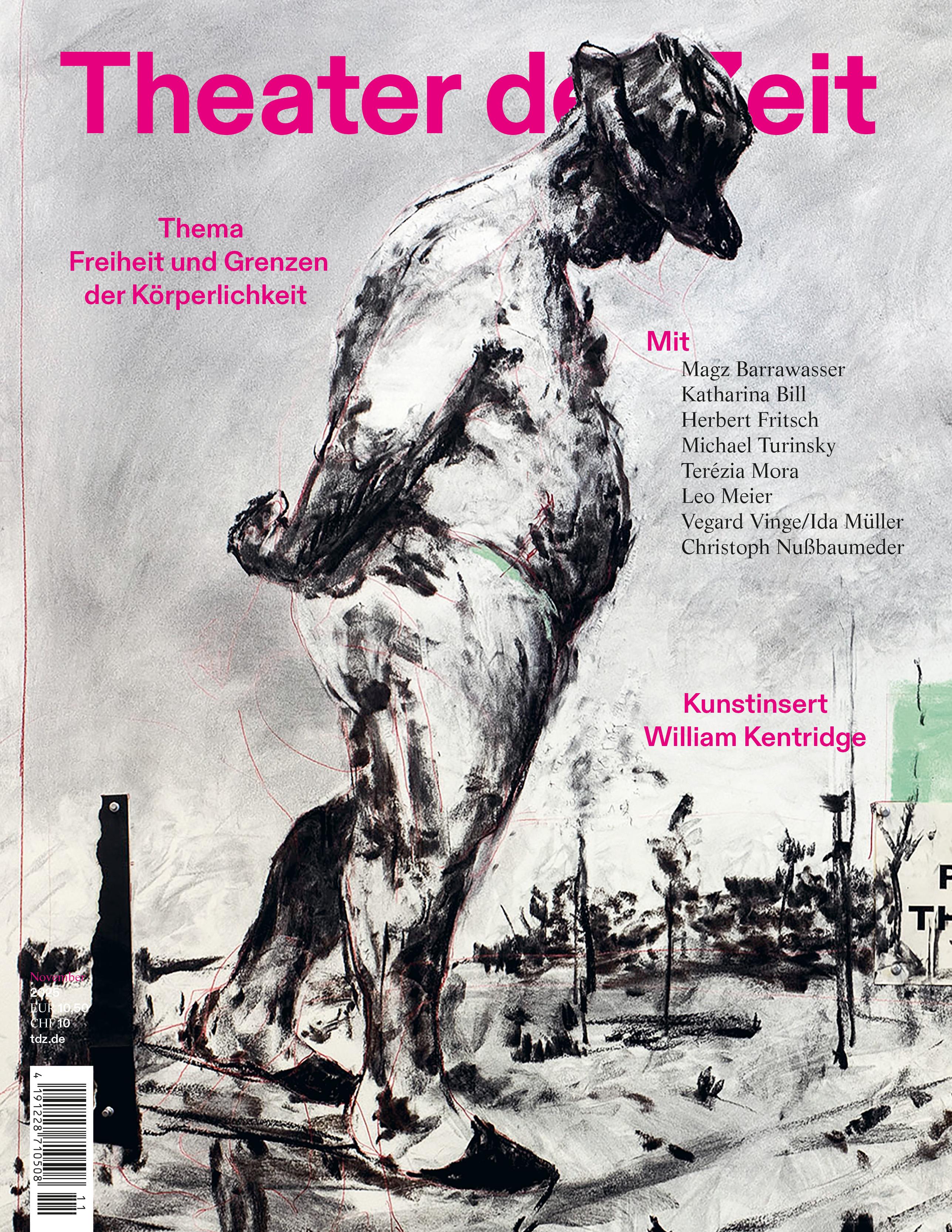From around 1820 up to the 1910s, the circus was extremely successful in Germany. At that time, the major circus companies performed in imposing wooden constructions or in grandiose buildings in city centres rather than in tents. With 3,000 to 5,000 seats, these venues had significantly higher capacities than most playhouses and operas. And the circus performance itself didn’t consist solely of a programme of acts – pantomime was also particularly popular. Circus pantomimes were lavishly designed productions which combined acrobatics, equestrianism and clowning with ballet, music and acting, all around a central theme. These theatre-like productions attracted a large and socially mixed audience. Through both their performance practice and their success, circuses were perceived as threatening competitors by representatives of the bourgeois dramatic theatre, as well as the opera. For this reason, circus performances have been consistently dismissed as so-called “low” or non-art, and even disparaged as detrimental to art, morals and taste, and have also faced legal discrimination as well as prosecution. The theatre associations, including the German actors union GDBA and the German Stage Association (DBV), which exist to this day, succeeded in deploying political advocates to influence both the federal trade regulation covering the theatre legislation...















